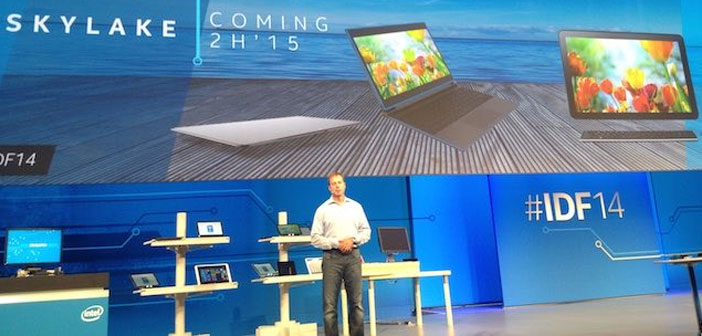Intel aims to transform the PC so that these no longer have to request connection with the various types of cables; underlying technology’s Wireless Gigabit and wireless charging. Let’s go back to the year 2003 with memory: Intel had at the time the Centrino mobile platform and with it hastened the spread and adoption of WiFi connections in every room.
Within a few years, the ethernet cables have become a thing of the past for many users of mobile devices as well as desktop PCs. Various standards have been introduced in the meantime, and with this improved speed performance, the range of the signal and its stability in transmission and reception.
One of the many cables that accompanied the PC, Ethernet has therefore become a thing of the past; the goal of Intel, well delineated on the occasion of their IDF in San Francisco, is to get a system that will not require any type of cable connection to operate properly and, of course, interface with other devices.
How to get to this result? Using progressively the various standards that are just hitting the market, with the Wireless Gigabit responsible for the majority of data transmissions to and from the PC. In one of the publics, sessions showed a prototype of Intel processor-based notebook Skylake, code name for the next generation of CPU of the American company, able to connect wirelessly to a secondary display and other storage devices as well as to recharge batteries through a technology of magnetic resonance by simply placing the device on a table in which the technology has been integrated.
Intel is part of Rezence Alliance for Wireless Power and in this position pushes the other members belonging to the consortium towards the diffusion of technology-based solutions Wireless Gigabit and Wireless Charging. In order for the multitude of cables that accompany the laptops can become a thing of the past is essential that the various companies involved to converge towards common standards, and are in this context that Intel is working.
In the meantime, the American company has anticipated as the reference platform based on Skylake architecture, models that will be made available to developers in the first quarter of 2015 will integrate support for wireless charging, as well as the Wireless Gigabit connectivity LGE and 3D cameras RealSense. This does not imply that the systems Skylake that will debut on the market in the second half of next year will be equipped with all of these technologies, but it is at least desirable that some may find space in the first models for the general public.
We do not know how long it takes the progressive abandonment of the connection cables that accompany our PC, but the future outlook painted by Intel is at least fascinating and full of positive benefits in terms of ease of use.

